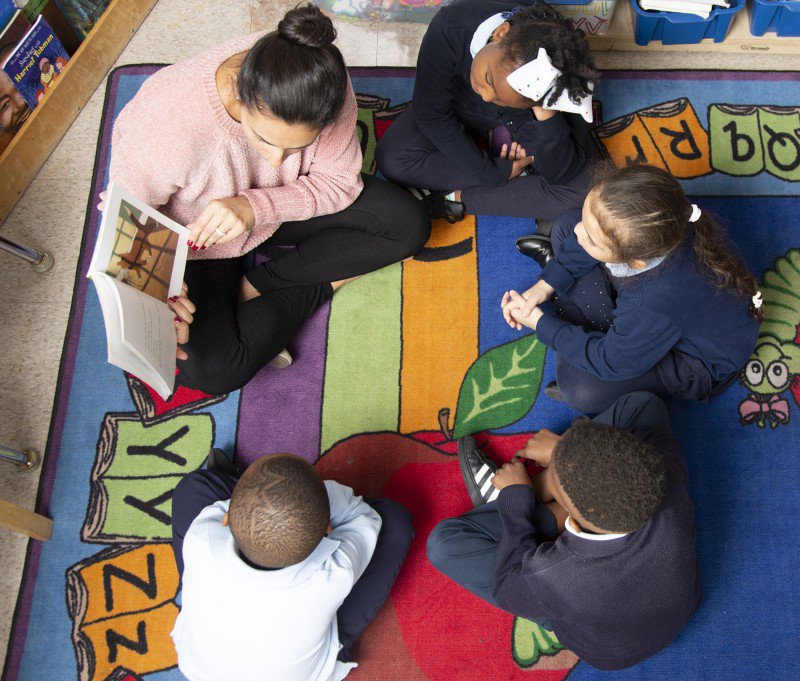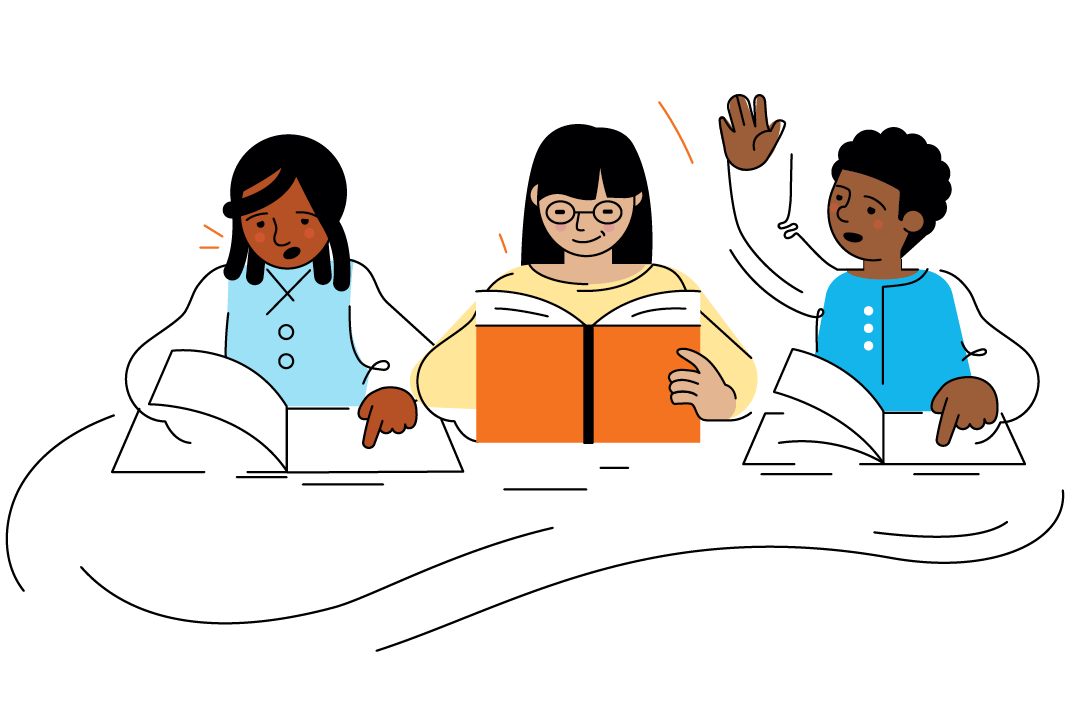
Despite variations in terminology, many professionals still consider dyslexia to be synonymous with the term “reading difficulty.” But a growing interest in the subject and a resurgence of the term in literacy research is increasing awareness of dyslexia’s neurobiological origins.
With things changing fast, it can be difficult to stay up to date on the latest research and instructional practices surrounding dyslexia. In this blog post, we’re providing four amazing reading materials to improve your understanding and ability to support struggling readers.
Defining dyslexia
Dyslexia is a critical topic in education these days — but what is it? This article from the Orton Gillingham Online Academy breaks down the International Dyslexia Association’s definition of dyslexia and what it means for students with this “hidden disability:”
Dyslexia in your classroom
Students with dyslexia make up 15–20% of the school-age population, and are likely to be in every classroom. These fascinating statistics show just how present dyslexia is in the student population:
Dyslexic brains are wired differently, but intensive reading intervention can rewire them. Read about how science and technology are being used to understand what’s happening in a brain with dyslexia:
Dyslexia: Fact and fiction
We know more about dyslexia now than ever before?—?can you distinguish between fact and fiction? Uncover the truths and myths of dyslexia now:

